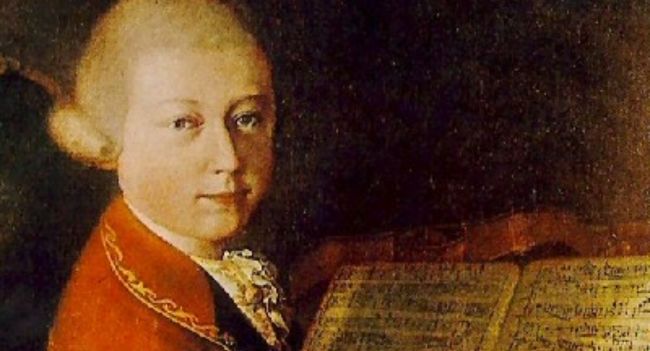The story about the teenage Mozart transcribing Allegri’s Miserere after hearing it once in the Vatican is one of the legendary tales surrounding the musical prodigy. According to popular accounts, a 14-year-old Mozart visited the Sistine Chapel in 1770 and listened to the Miserere, a closely guarded piece of music that the Vatican allowed only during specific religious services.

The legend suggests that after a single hearing, Mozart was able to transcribe the entire composition accurately from memory. However, the accuracy and details of this story have been debated among historians and scholars. While Mozart was undoubtedly a musical genius, some argue that such a feat might be an exaggeration or a myth.
Regardless of the historical accuracy, the tale remains a testament to the extraordinary musical abilities attributed to Mozart even at a young age. The Miserere story adds to the mystique surrounding his prodigious talent and contributes to the enduring fascination with the life of Wolfgang Amadeus Mozart.
Gregorio Allegri’s sublime Miserere Mei, Deus, a nine-voice setting of Psalm 51 ‘Have mercy upon me, o God’, has been a choral favourite for centuries.
Once heard, it’s never forgotten. That soaring high C, always a challenge for the boy treble who has to reach it, makes it one of the most sublime pieces of music ever.
Allegri composed the setting in 1638, when he was a singer in the Sistine Chapel choir. Immediately knowing they possessed something of unique musical value, the composition was closely guarded by the Vatican. It was to only ever be sung during Holy Week, within the hallowed confines of the papal chapel, with the publication or sharing of its music elsewhere forbidden.
The composition was never leave the chapel, under threat of excommunication, to preserve the mystery of the music.
But in 1770, who should arrive at the Vatican for Easter but 14-year-old Wolfgang Amadeus Mozart?
The city was captivating to teenage Mozart. He was overawed by St Peter’s, but perhaps unsurprisingly, the greatest impression was made on him by that piece of music, performed exquisitely by the chapel choir.
When the young composer returned to his lodgings – where he was sharing a bed with his father Leopold Mozart, and not getting much sleep at all – Mozart wrote the entire Miserere out from memory, perfectly.
Here’s where some people begin to doubt the story. For how could a 14-year-old, even with Wolfgang’s musical genius and photographic memory, remember an entire choral composition, consisting of five voice parts, that he had only heard once that day?
The account does seem a little implausible. But let’s firstly remember that Mozart wrote his first composition, a charming Minuet and Trio in G major, aged five.
It’s also likely that Mozart would have come across the Miserere before, given its already significant popularity in musical circles, and after, his final transcription.
Live from the Sistine Chapel – Sir James MacMillan’s ‘Stabat Mater’
It is said that after having transcribed the piece, the young Mozart and his father Leopold went back to St Peter’s to hear the work again, probably the same week, to compare his own score with the sung version.
The score made its way to London, where it was published the following year, in 1771.
So that, as the story goes, is how we know and love Allegri’s Miserere to this day
